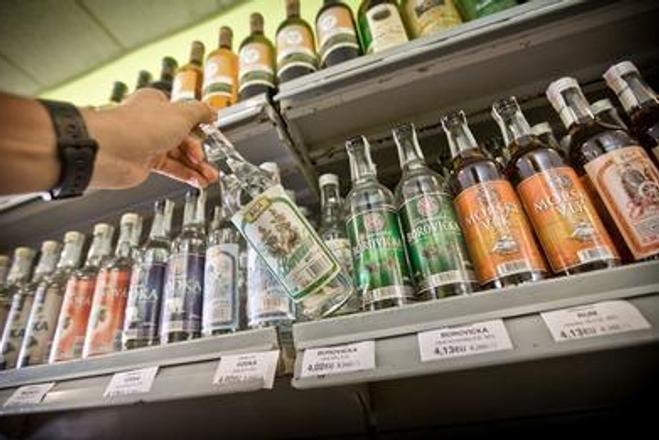In 2016, households in the European Union (EU) spent 1.6 percent of their total consumption expenditure on alcoholic beverages. This represents a total expenditure of almost €130 billion or 0.9 percent of the gross domestic product (GDP) of the EU or more than €250 per EU inhabitant. The published statistics do not include alcoholic beverages paid for in restaurants and hotels, the Eurostat informed.
Slovaks spent more than €1 billion on alcohol in 2016. In the ranking of household spending on alcohol in 2016, Slovakia placed in the upper half of the EU member states, namely in eighth place behind Hungary and Finland. Slovak households spend about 2.5 percent of their annual expenditures on alcohol. This is 0.9 percent more than the EU average.
Households in the three Baltic states devoted the largest share of their total expenditure to alcoholic beverages: Estonia (5.6 percent), Latvia (4.8 percent) and Lithuania (4.2 percent). They were followed by the Czech Republic and Poland (both 3.6 percent), Hungary and Finland (both 2.9 percent).
“Households’ annual expenditure on alcoholic beverages is roughly equivalent to their expenditure on medical products, appliances and equipment, and slightly higher than what they spent on social protection and education in 2016,” wrote Eurostat.
Between 2006 and 2016, the share of alcoholic beverages in total household expenditure remained roughly stable in the vast majority of member states. The highest increases over this 10-year period were recorded in Cyprus (from 1.6 percent of total household expenditure in 2006 to 2 percent in 2016 and the Czech Republic, up from 3.2 percent to 3.6 percent.



 (source: Sme)
(source: Sme)